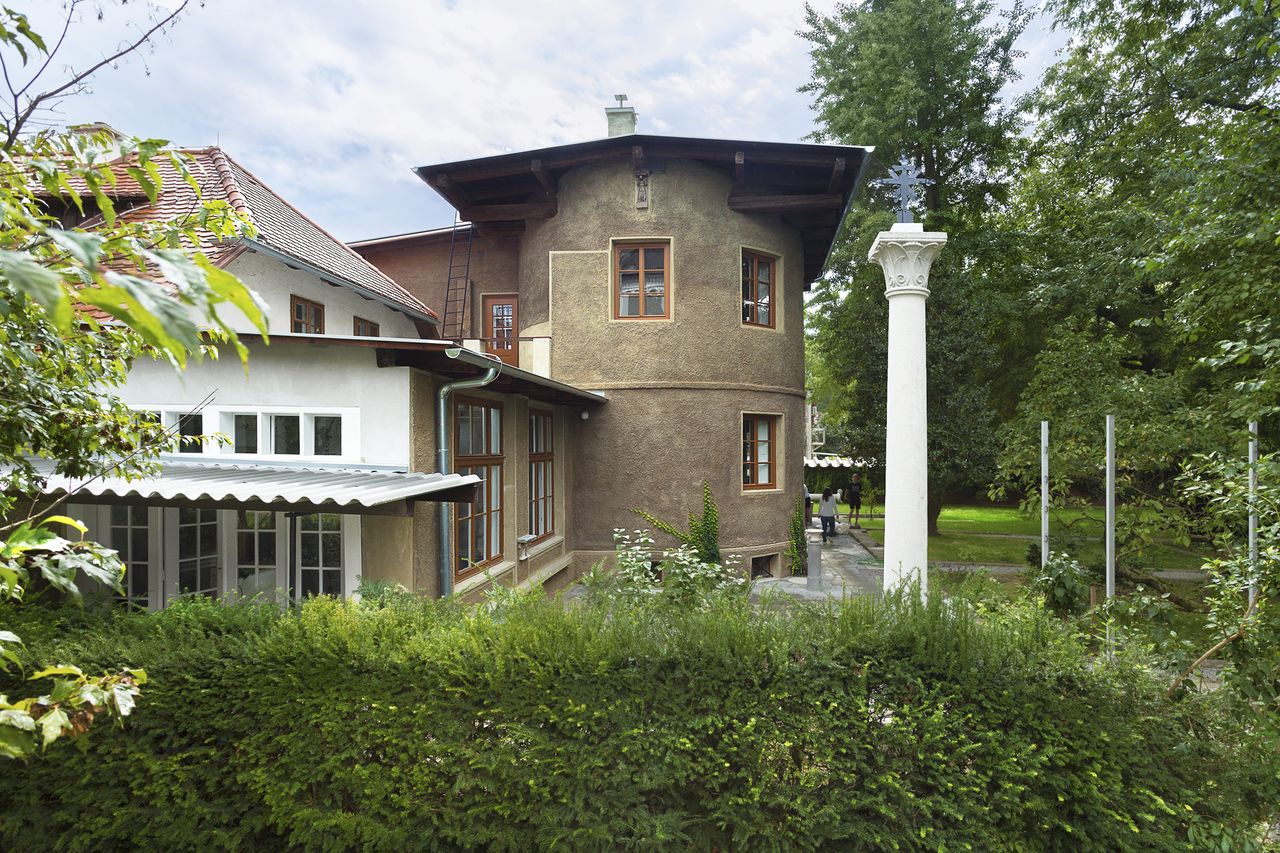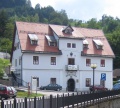Difference between revisions of "Category:UNESCO World Heritage Sites in Slovenia"
Anže Zorman (talk | contribs) |
|||
| (18 intermediate revisions by 5 users not shown) | |||
| Line 1: | Line 1: | ||
| − | + | {{Article | |
| − | ==Sites | + | | status = NIFERTIK! |
| + | | author = | ||
| + | | maintainer = | ||
| + | | published date = | ||
| + | | title = UNESCO World Heritage Sites in Slovenia | ||
| + | | subtitle = | ||
| + | | blurb = | ||
| + | }} | ||
| − | + | {{Teaser | |
| + | | image = Plecnik House 2015 exterior Photo Andrej Peunik.jpg | ||
| + | | | ||
| − | + | In [[established::1986]] the [[Škocjan Caves World Heritage Site|Škocjan Caves]] became the first Slovene landmark inscribed onto a [[Slovenia National Commission for UNESCO|UNESCO]] World Heritage Site list. The remains of two prehistoric pile-dwellings from the Ljubljansko Barje marshlands were accepted in 2011 as a part of transnational heritage site "Prehistoric Pile-Dwellings in the Alpine Area", which comprises a selection of 111 archaeological sites in six countries around the Alps. The latest addition is the [[Idrija Mine Museum#UNESCO World Heritage List|Heritage of Mercury. Almadén and Idrija]], listed in 2012. "Ancient and Primeval Beech Forests of the Carpathians and Other Regions of Europe" encompassing forests in 12 European countries including also the two forest reserves, Krokar and Snežnik – Ždrocle Virgin Forests in Notranjska Region (inscribed in 2017). The last inscription were "The works of [[:Category:Plečnik heritage|Jože Plečnik]] in Ljubljana – Human Centred Urban Design", added onto the UNESCO list in July 2021, being the 5th site in Slovenia.}} | |
| − | + | UNESCO’s Tentative List, which is a required stage of the nomination process, currently has four Slovenian entries: the ''Fužina Hills in Bohinj'' since 1994, the ''[[Franja Partisan Hospital]]'' since 2000, ''Classic Karst'' since 2015, and the [[Walk of Peace in the Soča Region Foundation|''The Walk of Peace from the Alps to the Adriatic – Heritage of the First World War'']], since 2016. | |
| − | |||
| − | + | [[Category:Topics]] | |
| − | + | [[Category:Cultural heritage]] | |
| − | + | [[Category:Selected]] | |
| − | |||
| − | |||
| − | |||
| − | |||
| − | |||
| − | |||
Latest revision as of 12:24, 21 August 2021
UNESCO’s Tentative List, which is a required stage of the nomination process, currently has four Slovenian entries: the Fužina Hills in Bohinj since 1994, the Franja Partisan Hospital since 2000, Classic Karst since 2015, and the The Walk of Peace from the Alps to the Adriatic – Heritage of the First World War, since 2016.
Articles in category "UNESCO World Heritage Sites in Slovenia"
The following 11 pages are in this category, out of 11 total.
Media in category "UNESCO World Heritage Sites in Slovenia"
The following 17 files are in this category, out of 17 total.
- Franja Partisan Hospital 2010 Interior of doctors' room.jpg 2,448 × 3,264; 1.95 MB
- Franja Partisan Hospital 2010 Operating room.jpg 3,264 × 2,448; 1.9 MB
- Franja Partisan Hospital 2015 barracs Photo Luka Kalan.jpg 1,920 × 1,305; 2.02 MB
- Idrija Mine Museum 2006 entrance.jpg 1,299 × 1,173; 218 KB
- Miner's House Idrija 2007 fireplace.JPG 2,048 × 1,536; 395 KB
- Municipality of Idrija 1689 Valvasor.jpg 955 × 768; 187 KB
- Plecnik Collection 2015 reception room Photo Matevz Paternoster.jpg 2,500 × 1,875; 1.42 MB
- Plecnik House 1923 Karunova Ljubljana architectural design.jpg 7,036 × 3,181; 5.66 MB
- Plecnik House 2015 entry porch Photo Matevz Paternoster.jpg 2,500 × 1,875; 1.44 MB
- Plecnik House 2015 exterior Photo Andrej Peunik.jpg 2,000 × 1,333; 2.93 MB
- Plecnik House 2015 interior Photo Matevz Paternoster.jpg 2,500 × 1,875; 1.04 MB
- Plecnik House 2015 renovated studio Photo Matevz Paternoster.jpg 2,500 × 1,875; 1.3 MB
- Triglav National Park 2014 Kluze Fortress 01.jpg 5,472 × 3,648; 10.39 MB
- Walk of peace 2006 Italian charnel house above Kobarid Photo Zeljko Cimpric.jpg 5,266 × 3,547; 3.08 MB
- Walk of Peace 2006 Outdoor museum Kolovrat Photo Zeljko Cimpric.JPG 3,264 × 2,448; 5.09 MB
- Walk of Peace 2011 Monfalcone Parco tematico della Grande Guerra.jpg 3,264 × 2,448; 3.08 MB




















